Wanted and For Sale
Forum home - Go back to Wanted and for sale
|
1937 Reliance Skyraider advice please
|
|
|
Return to top of page · Post #: 1 · Written at 4:50:28 PM on 1 August 2015.
|
|
|
|
Location: Latham, ACT
Member since 21 February 2015 Member #: 1705 Postcount: 2215 |
|
I just bought this on eBay. it's got a lot to do and has no cabinet but I want to fix the internals and put it in a nice box until I find the original. I will send some pics shortly please as much advice as possible. 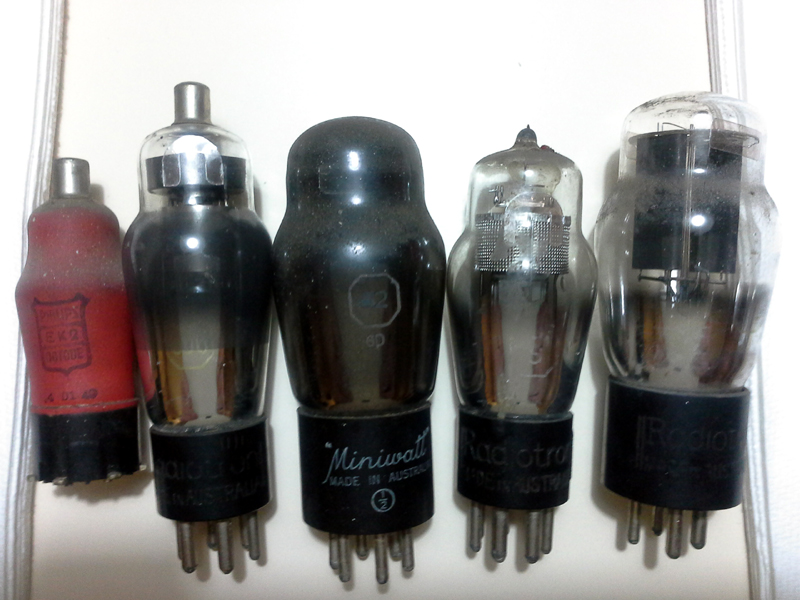 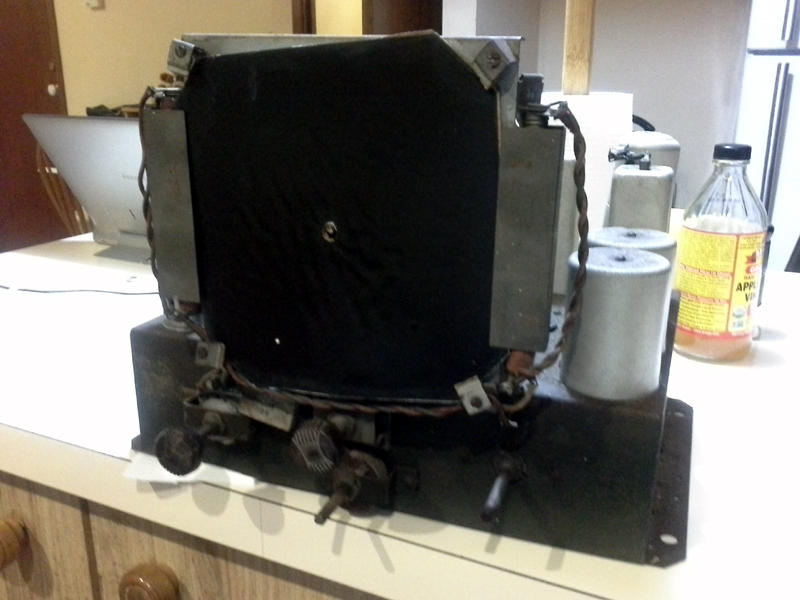 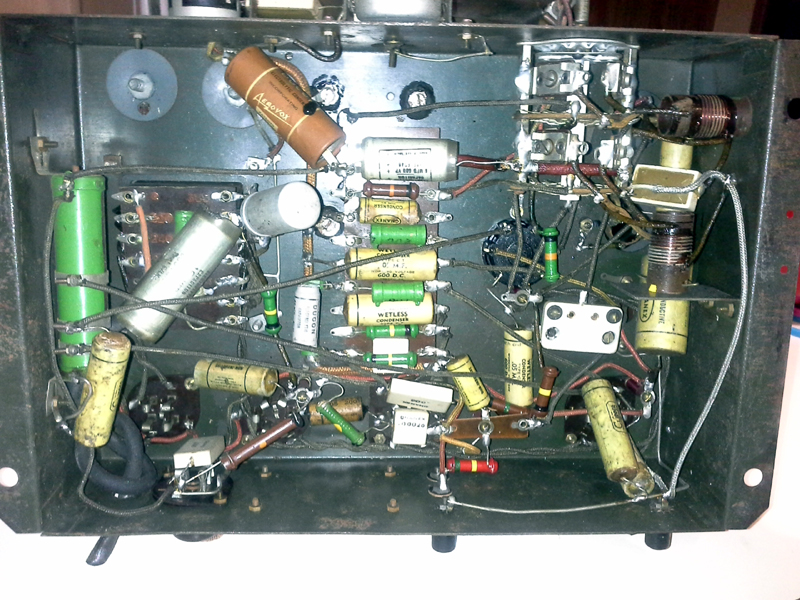 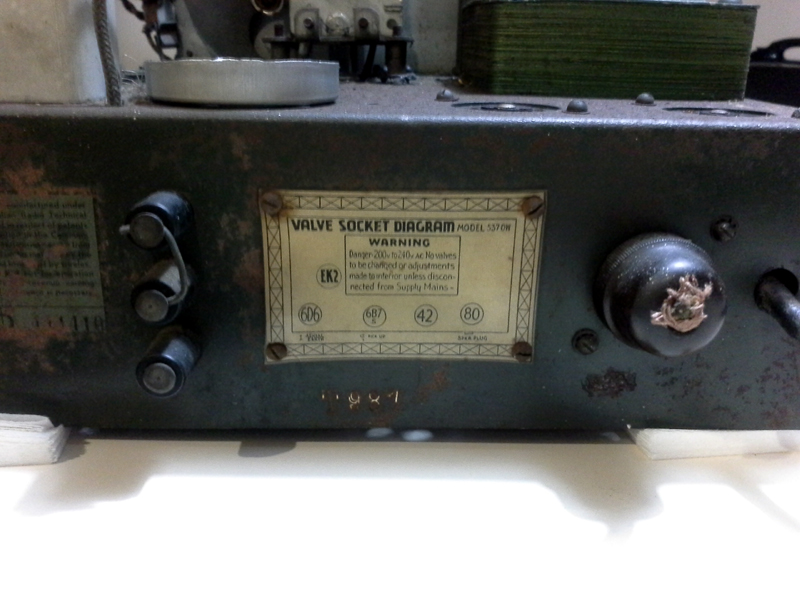 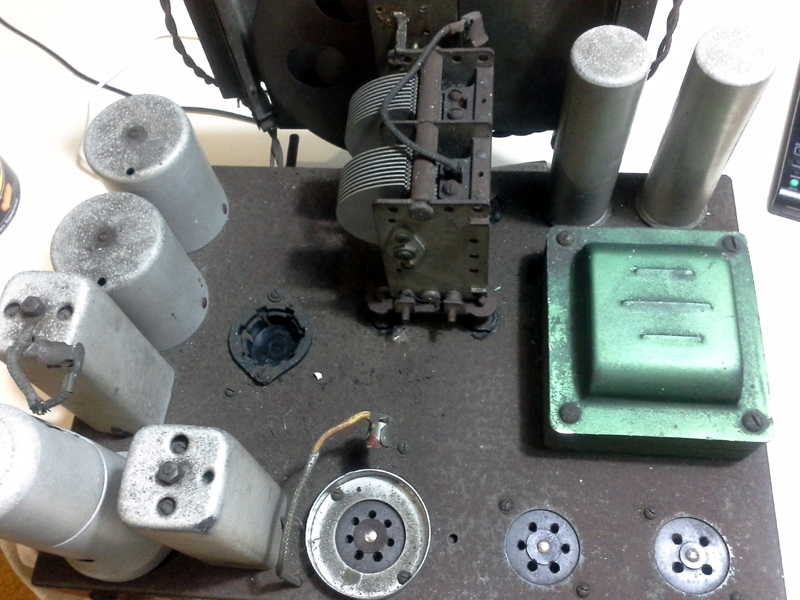 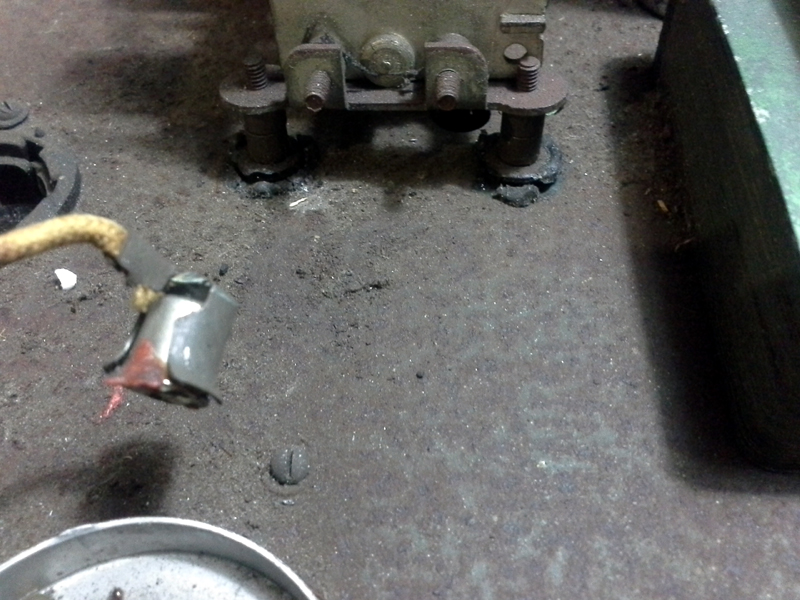 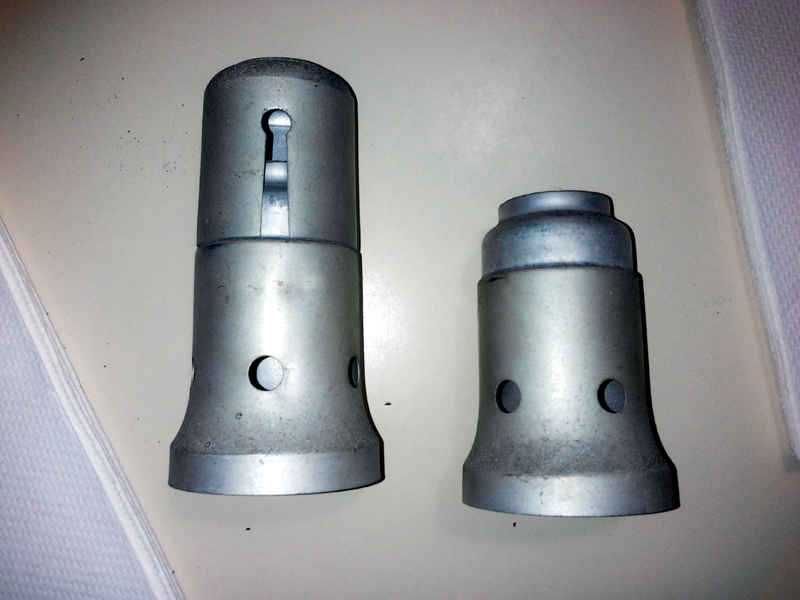 |
|
|
Return to top of page · Post #: 2 · Written at 10:25:05 PM on 3 August 2015.
|
|
|
|
Location: Latham, ACT
Member since 21 February 2015 Member #: 1705 Postcount: 2215 |
|
There is about 2 milimetres of surface rust on the top of the console but its still pretty solid. |
|
|
Return to top of page · Post #: 3 · Written at 11:57:14 PM on 3 August 2015.
|
|
|
|
Location: Wangaratta, VIC
Member since 21 February 2009 Member #: 438 Postcount: 5558 |
|
Don't see the point of the valve photo's & they could have been cropped, to save space. Philips is the odd one out with a "P" base. |
|
|
Return to top of page · Post #: 4 · Written at 12:00:17 PM on 4 August 2015.
|
|
|
|
Administrator
Location: Naremburn, NSW
Member since 15 November 2005 Member #: 1 Postcount: 7519 |
|
Without pointing at any particular example, because there are a lot of them, many photos included in threads, by myself or members, sometimes could have been done better. ‾‾‾‾‾‾‾‾‾‾‾‾‾‾‾‾‾‾‾‾‾‾‾‾‾‾‾‾‾‾‾‾‾‾‾‾‾‾‾‾‾‾‾‾‾‾‾‾‾‾‾‾‾‾‾‾‾‾‾‾‾‾‾‾‾‾‾‾ A valve a day keeps the transistor away... |
|
|
Return to top of page · Post #: 5 · Written at 1:58:55 PM on 4 August 2015.
|
|
|
|
Location: Latham, ACT
Member since 21 February 2015 Member #: 1705 Postcount: 2215 |
|
I will have to get the Nikon out and do a better job I think. |
|
|
Return to top of page · Post #: 6 · Written at 11:44:25 PM on 4 August 2015.
|
|
|
|
Location: Wangaratta, VIC
Member since 21 February 2009 Member #: 438 Postcount: 5558 |
|
I recently bought a D5100 to replace the second 35mm camera (Nikon) that has just plain worn out. I noted that the 70mm one alone has chewed through over 250 rolls of 120 reversal Roll film. |
|
|
Return to top of page · Post #: 7 · Written at 2:01:58 AM on 5 August 2015.
|
|
|
|
Location: Latham, ACT
Member since 21 February 2015 Member #: 1705 Postcount: 2215 |
|
The wife has hidden the nikon grrrr but I have managed to get some good ones with my samsung tablet I will ask if the others can be deleted and these put in . when the photos are up you will see I have one and a half goat shields. if any of you guys have one or the top half to spare I would be prepared to pay for it please. |
|
|
Return to top of page · Post #: 8 · Written at 8:13:16 AM on 5 August 2015.
|
|
|
|
Location: Oradell, US
Member since 2 April 2010 Member #: 643 Postcount: 834 |
|
This looks like a surface mount tube? |
|
|
Return to top of page · Post #: 9 · Written at 1:29:23 PM on 5 August 2015.
|
|
|
|
Location: Latham, ACT
Member since 21 February 2015 Member #: 1705 Postcount: 2215 |
|
This is the radio that I want to restore and install into a mantle cabinet. I might even resort to getting a carpenter to manufacture a cabinet for me. but if any of you have or know the whereabouts of a orphaned cabinet I would love to have a look. when the photos come up of the pilot mantle radio |
|
|
Return to top of page · Post #: 10 · Written at 1:37:18 PM on 5 August 2015.
|
|
|
|
Location: Wangaratta, VIC
Member since 21 February 2009 Member #: 438 Postcount: 5558 |
|
Pre-emptive strike: Goat shields have halves & they are different. One half has a "U" shaped groove for the lead to the TC to feed the grid, & provide somewhere for its teminal to short to. |
|
|
Return to top of page · Post #: 11 · Written at 4:41:52 PM on 5 August 2015.
|
|
|
|
Administrator
Location: Naremburn, NSW
Member since 15 November 2005 Member #: 1 Postcount: 7519 |
|
This looks like a surface mount tube? ‾‾‾‾‾‾‾‾‾‾‾‾‾‾‾‾‾‾‾‾‾‾‾‾‾‾‾‾‾‾‾‾‾‾‾‾‾‾‾‾‾‾‾‾‾‾‾‾‾‾‾‾‾‾‾‾‾‾‾‾‾‾‾‾‾‾‾‾ A valve a day keeps the transistor away... |
|
|
Return to top of page · Post #: 12 · Written at 7:21:00 PM on 5 August 2015.
|
|
|
|
Location: Melbourne, VIC
Member since 20 September 2011 Member #: 1009 Postcount: 1244 |
|
P-base valves were not that uncommon in Australia prior to WW2. They were imported into the country by Philips and were used in their locally manufactured receivers until about 1940. Other local manufacturers prior to 1940 also used P-base valves either wholly or mixed with US types. |
|
|
Return to top of page · Post #: 13 · Written at 9:07:34 PM on 5 August 2015.
|
|
|
|
Location: Wangaratta, VIC
Member since 21 February 2009 Member #: 438 Postcount: 5558 |
|
The shields are not "Goat" shields & they follow the profile of the valve and have "Goat" embossed into them. |
|
|
Return to top of page · Post #: 14 · Written at 2:46:28 PM on 7 August 2015.
|
|
|
|
Location: Canberra, ACT
Member since 23 August 2012 Member #: 1208 Postcount: 587 |
|
Often it is better with a shiny pan, to move back & let a flash disperse a bit (if it needs it at all) and crop the photo as that will improve depth of field. For depth of field the higher number (smallest aperture) that you can get away with, will yield the sharpest photo. The aperture is part of controlling the depth of focus. |
|
|
Return to top of page · Post #: 15 · Written at 9:49:30 PM on 8 August 2015.
|
|
|
|
Location: Latham, ACT
Member since 21 February 2015 Member #: 1705 Postcount: 2215 |
|
I just identified this as the the 1937 Reliance SUPER SKY RAIDER. It ran 5 dynamic speakers. It was a bit strange as it only had 5 valves and considered to be underpowered. |
|
|
You need to be a member to post comments on this forum.
|
|

Sign In

Vintage Radio and Television is proudly brought to you by an era where things were built with pride and made to last.
DISCLAIMER: Valve radios and televisions contain voltages that can deliver lethal shocks. You should not attempt to work on a valve radio or other electrical appliances unless you know exactly what you are doing and have gained some experience with electronics and working around high voltages. The owner, administrators and staff of Vintage Radio & Television will accept no liability for any damage, injury or loss of life that comes as a result of your use or mis-use of information on this website. Please read our Safety Warning before using this website.
WARNING: Under no circumstances should you ever apply power to a vintage radio, television or other electrical appliance you have acquired without first having it checked and serviced by an experienced person. Also, at no time should any appliance be connected to an electricity supply if the power cord is damaged. If in doubt, do not apply power.
Shintara - Keepin' It Real · VileSilencer - Maintain The Rage


